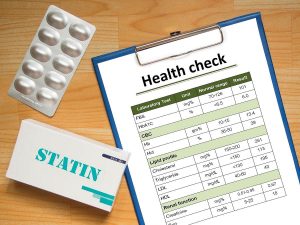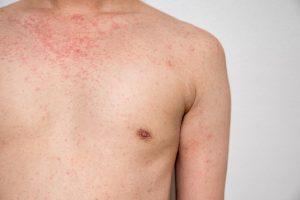
A U.S. Food and Drug Administration advisory panel on Tuesday voted against recommending the psychedelic MDMA for the treatment of post-traumatic stress disorder (PTSD). In a 10-1 vote, the panel determined the evidence amassed so far fails to show the controversial drug’s benefits outweigh its risks, the Associated Press reported. During the meeting, panel members pointed to flawed study data and significant drug risks, including the potential for heart problems, injury and abuse. “It seems like there are so many problems with the data — each one alone might be OK, but when you pile them on top of each other … there’s just a lot of questions I would have about how effective the treatment is,” Dr. Melissa Decker Barone, a psychologist with the Department of Veterans Affairs, said during the meeting, the AP reported. The FDA is expected to make a final decision by August, but the panel’s vote could bolster the agency’s reasoning for rejecting the treatment, the AP reported. MDMA is the first in a series of psychedelics — including LSD and psilocybin — that are expected to come before the FDA for review in the next few years, the AP reported. But on Tuesday, the FDA advisers pointed to flawed studies that could have skewed the results on MDMA, missing follow-up data on patient outcomes and a lack of diversity among participants.… read on > read on >































-300x200.jpg)





